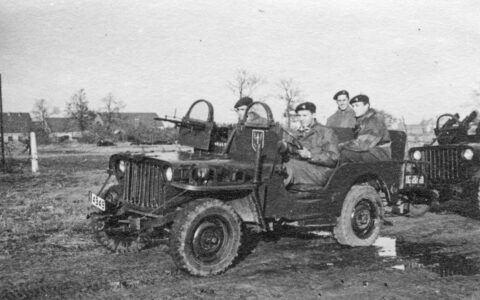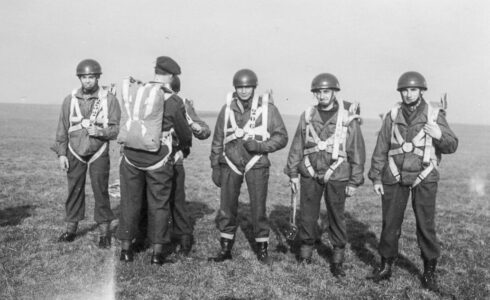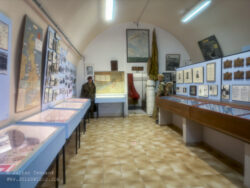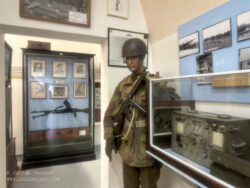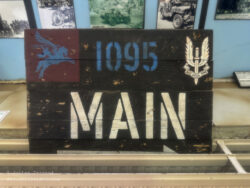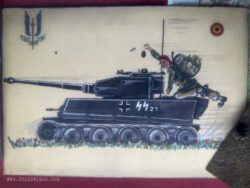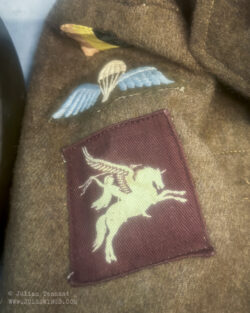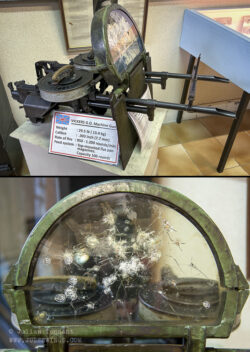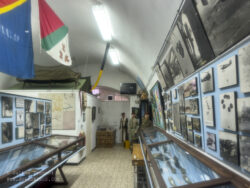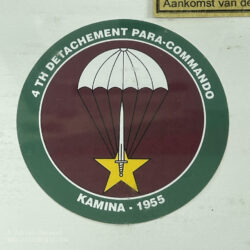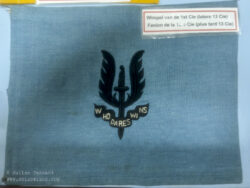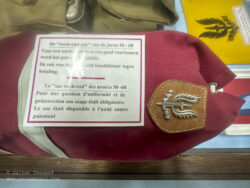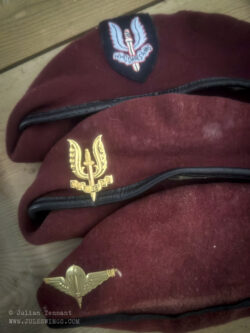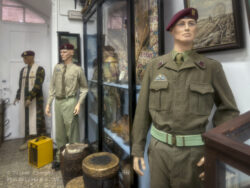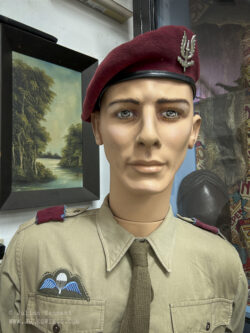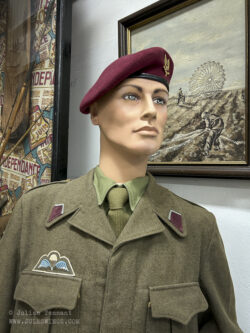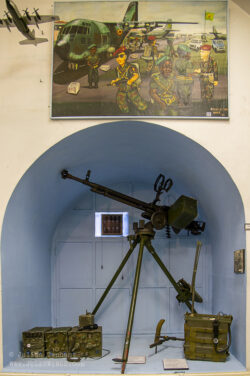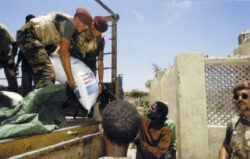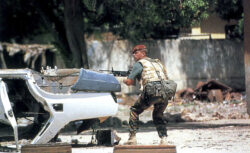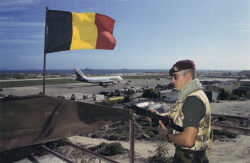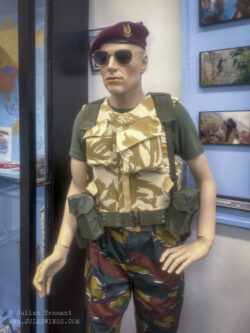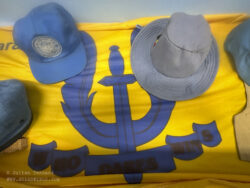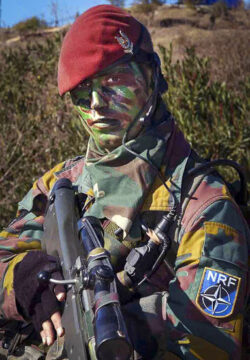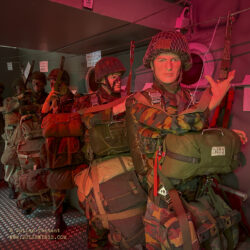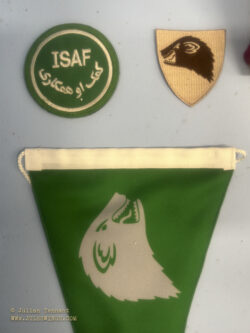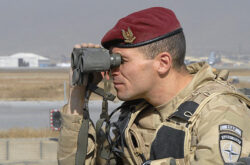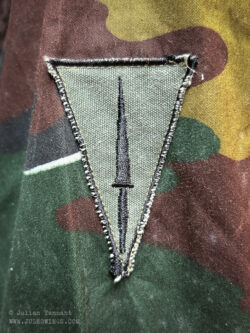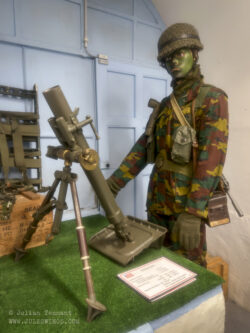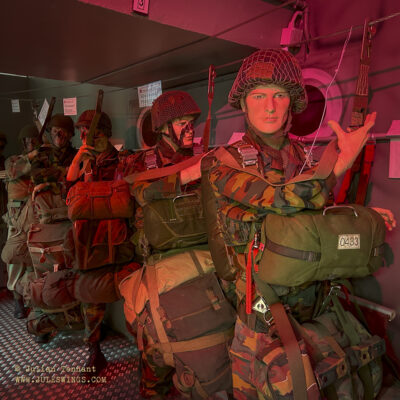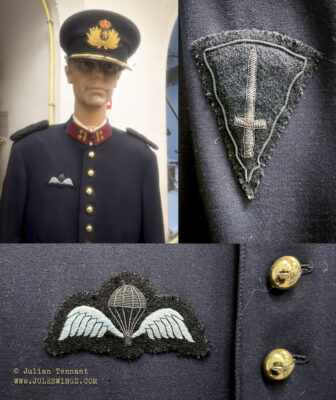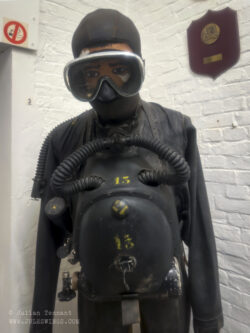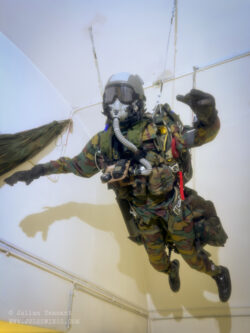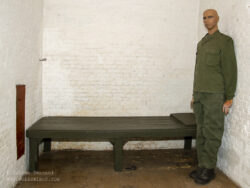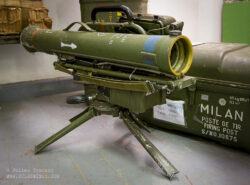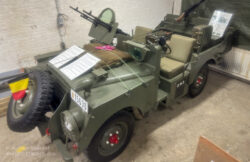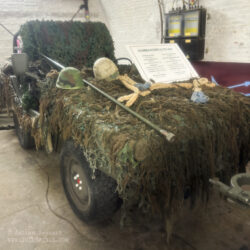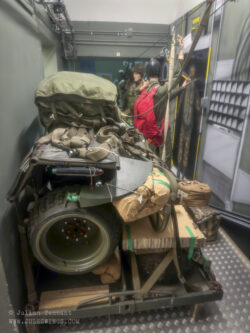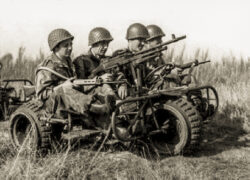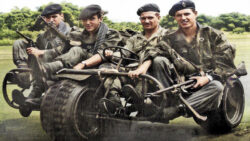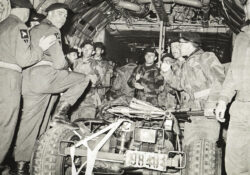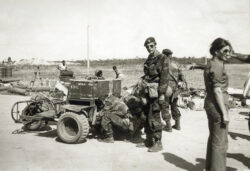Exploring The Pegasus Museum And Belgium’s Airborne Heritage

The Pegasus Museum, situated within Diest’s historic Citadel, explores the history and operations of Belgium’s airborne forces. Housed in the former barracks of the 1st Parachute Battalion the museum meticulously chronicles their evolution from 1942 to the present day.

Historical Overview
The Pegasus Museum was founded in 1976 by Lieutenant Colonel Bidlot, then commander of the 1st Belgian Parachute Battalion, to preserve the unit’s history and traditions. The initial effort, led by 1st Sergeant Major Demuynck, Corporal Bonne, and a conscript from the battalion’s cultural service, resulted in a modest museum located in a corner of the barracks courtyard. Despite limited support, the museum quickly became a gathering point for veterans and a symbol of regimental pride. Its popularity led to an expansion in 1987, with three rooms showcasing the battalion’s more recent operations.
However, in 1991, changes in Belgian firearms legislation forced the army to prohibit battalion-level museums from housing weapons, threatening the museum’s existence. In response, veterans rallied under the leadership of retired RSM Dumont. To save the collection, they formed a non-profit association, overcoming significant administrative and legal hurdles to secure licenses, concessions, and funding.
On November 9, 1995, the museum was officially re-established under this new association. Its mission is to honour the traditions of the Belgian Special Air Service and parachute units, and to safeguard the military heritage of the Diest garrison. This is achieved by dividing the museum into eight thematic rooms displaying uniforms, weapons, equipment and other material associated with different periods in the airborne forces’ history.

The Exhibits
Room 1: 1942–1952
Explores the early years from the formation of Belgian Independent Company in Great Britain in 1942 and the operations of the 5th Belgian SAS Regiment during World War II. The displays also cover the early post war years in Tervuren, Westmalle, Poulseur and the parachutist training center in Leopoldsburg.

https://www.tracesofwar.com/persons/35276/Blondeel-Edouard-Eddy.htm



Room 2: 1952–1962
Details the creation of the Regiment Para Commando in 1951, the unit’s relocation to Diest, the establishment of the 3rd Para Battalion in 1955, early operations in the Belgian Congo and Rwanda-Burundi, plus the formation of the Gespecialiseerde Verkennings Ploegen / GPV (Specialised Reconnaissance Teams).

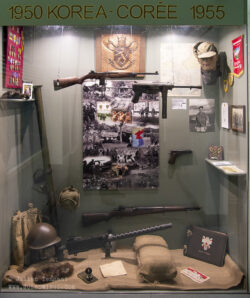
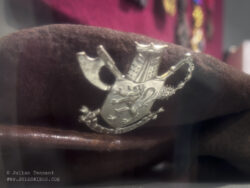
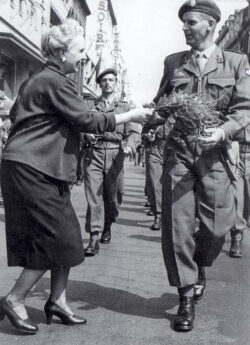
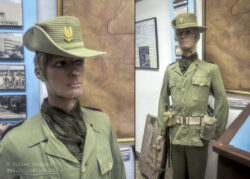
Room 3: Africa 1960–1997
Highlights key missions in Africa, including operations in the Congo, Rwanda, Burundi, Zaire, and Somalia, showcasing the unit’s involvement in peacekeeping and humanitarian efforts.



Room 4: Other Operations 1997–2005
Focuses on international engagements in Albania, Bosnia-Herzegovina, Kosovo, and Afghanistan, reflecting the unit’s global peacekeeping role.


Rooms 5 & 6: Clandestine Operations 1952–1990
These two rooms showcase operations undertaken by the Special Reconnaissance Teams (ESR/GVP), Long Range Reconnaissance Patrols (LRRP), and the Special Forces Group (SFG).


Rooms 7, 8 and other Exhibits
Room 7 examines the historical significance of Diest and its citadel, providing context to the military heritage of the region, whilst room 8 deals with the building’s use as a military prison.

There is also a workshop area which is used to house some of the larger objects, including a WW2 SAS Willys Jeep, a restored post war ‘Minerva’ Recce Jeep and a 1990’s period Bombardier ILTIS 4×4 recce vehicle.


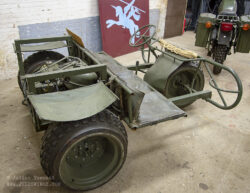


Overall, the Pegasus Museum exhibits an outstanding collection of artifacts, presenting an excellent understanding of the history of the 1st Parachute Battalion and the Belgian Airborne / Special Operations units. Opening times are limited and the museum is temporarily closed for renovations (see below). So, I suggest that you contact the museum well in advance of a visit to confirm its current status.
For my visit, I was extremely privileged to be given a private guided tour by a former Commanding Officer of 1 Para, Lt Kol SBH ‘Johan’ Peeters, who took time out from a veteran’s reunion to talk to me about the unit, its history and the exhibits on display. His frank, no bullshit commentary and insightful observations was a very welcome relief from the often sanitised museum tours, for which I am most grateful. If you are a collector or interested in Airborne and Special Operations history, the Pegasus Museum is a ‘must visit’.
Visitor Information

The Pegasus Museum
Citadel
3290 Diest
Belgium
Contact
Phone: +32 13 66 56 19
Email: info@pegasus-museum.be
https://www.facebook.com/pegasusmuseum
Opening times
The museum is open every first Sunday of the month from 1:00 PM to 5:00 PM. However, note that from 04 May 2025 the museum will be temporarily closed for refurbishment. For additional information and events consult their website.

More Military Museum Reviews Here

